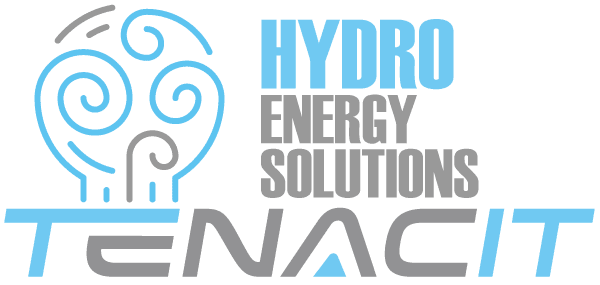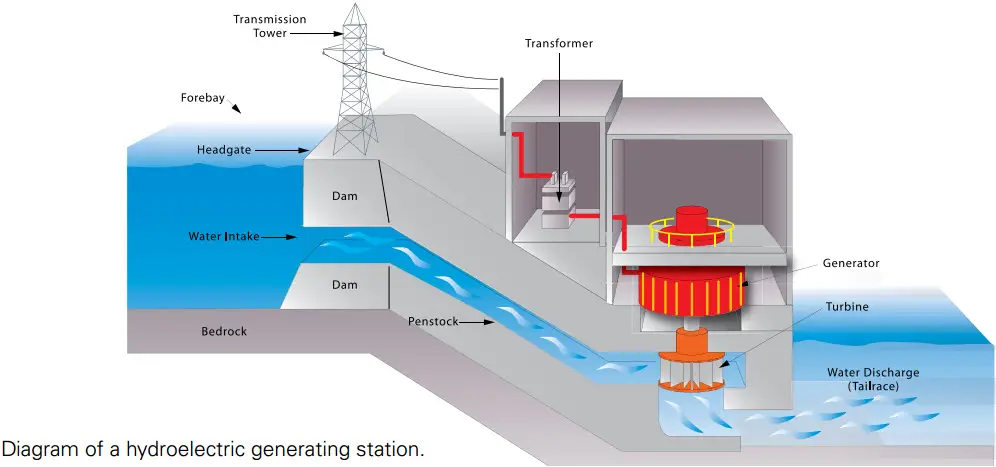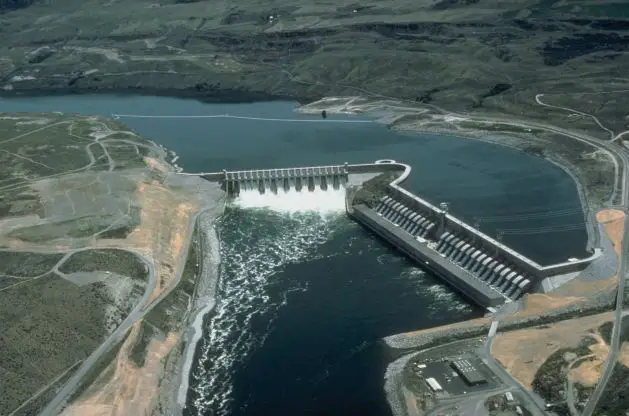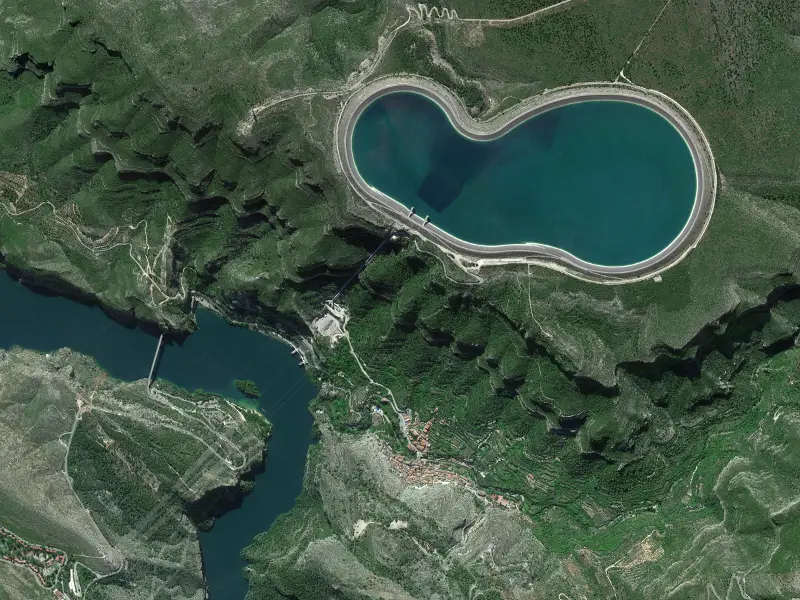Hydroelectric Industry
Technology Services and Solutions
The power of water...a phrase that has been used for centuries.
Thousands of years ago, people used hydropower to turn paddle wheels on rivers to grind grain. Before steam power and electricity were available in the United States, grain and lumber mills were powered directly with hydropower.
There are about 1,450 conventional and 40 pumped-storage hydropower plants operating in the United States.
Hydropower - Energy In Moving Water
We know that modern hydroelectric facilities are a master class in engineering and we don’t attest to being hydroelectric engineers. Just like Hydro engineers shouldn’t attest to being IT guys. So why are we even mentioning that we can help companies in the hydroelectric industry? Because at some point:
- SCADA systems will need to be modified, patched and secured
- Instrumentation and DCS systems will need replacing
- SCADA Hardware and Control Rooms consoles will get old a need to be upgraded
- Back office applications will need updates and replacement
- Operational efficiencies will need a technology solution
- Real-time dashboard/reports will need to be generated
- Your company will want to find ways to make more money from the same operation
- You’re gong to want that pain point addressed
- Your IT department is going to need an extra set of competent hands

Hydropower 101
Hydropower is one of the oldest sources of energy for producing mechanical and electrical energy and up until 2019, it was the largest source of total annual U.S. renewable electricity generation. Thousands of years ago, people used hydropower to turn paddle wheels on rivers to grind grain. Before steam power and electricity were available in the United States, grain and lumber mills were powered directly with hydropower. The first industrial use of hydropower to generate electricity in the United States was in 1880 to power 16 brush-arc lamps at the Wolverine Chair Factory in Grand Rapids, Michigan. The first U.S. hydroelectric power plant to sell electricity opened on the Fox River near Appleton, Wisconsin, on September 30, 1882.
There are about 1,450 conventional and 40 pumped-storage hydropower plants operating in the United States. The oldest operating U.S. hydropower facility is the Whiting plant in Whiting, Wisconsin, which started operation in 1891 and has a total generation capacity of about 4 megawatts (MW). Most U.S. hydroelectricity is produced at large dams on major rivers, and most of these hydroelectric dams were built before the mid-1970s by federal government agencies. The largest U.S. hydropower facility, and the largest U.S. electric power plant in generation capacity, is the Grand Coulee hydro dam on the Columbia River in Washington with 6,765 MW total generation capacity.
In 2020, hydroelectricity accounted for about 7.3% of total U.S. utility-scale1 electricity generation and 37% of total utility-scale renewable electricity generation. Hydroelectricity’s share of total U.S. electricity generation has decreased over time, mainly because of increases in electricity generation from other sources.
Because the source of hydroelectric power is water, hydroelectric power plants are usually located on or near a water source. The volume of the water flow and the change in elevation—or fall, and often referred to as head—from one point to another determine the amount of available energy in moving water. In general, the greater the water flow and the higher the head, the more electricity a hydropower plant can produce.
At hydropower plants water flows through a pipe, or penstock, then pushes against and turns blades in a turbine to spin a generator to produce electricity.
There are 2 primary types of commercial hydroelectric facilities:
Conventional hydroelectric facilities

Conventional hydroelectric facilities include
- Run-of-the-river systems, where the force of the river’s current applies pressure on a turbine. The facilities may have a weir in the water course to divert water flow to hydro turbines.
- Storage systems, where water accumulates in reservoirs created by dams on streams and rivers and is released through hydro turbines as needed to generate electricity. Most U.S. hydropower facilities have dams and storage reservoirs.

Pumped-storage hydropower facilities

Pumped-storage hydropower facilities are a type of hydroelectric storage system where water is pumped from a water source up to a storage reservoir at a higher elevation and is released from the upper reservoir to power hydro turbines located below the upper reservoir. The electricity for pumping may be supplied by hydro turbines or by other types of power plants including fossil fuel or nuclear power plants. They usually pump water to storage when electricity demand and generation costs, and/or when wholesale electricity prices are relatively low and release the stored water to generate electricity during peak electricity demand periods when wholesale electricity prices are relatively high. Pumped-storage hydroelectric systems generally use more electricity to pump water to the upper water storage reservoirs than they produce with the stored water. Therefore, pumped-storage facilities have net negative electricity generation balances. The U.S. Energy Information Administration publishes electricity generation from pumped storage hydroelectric power plants as negative generation.


